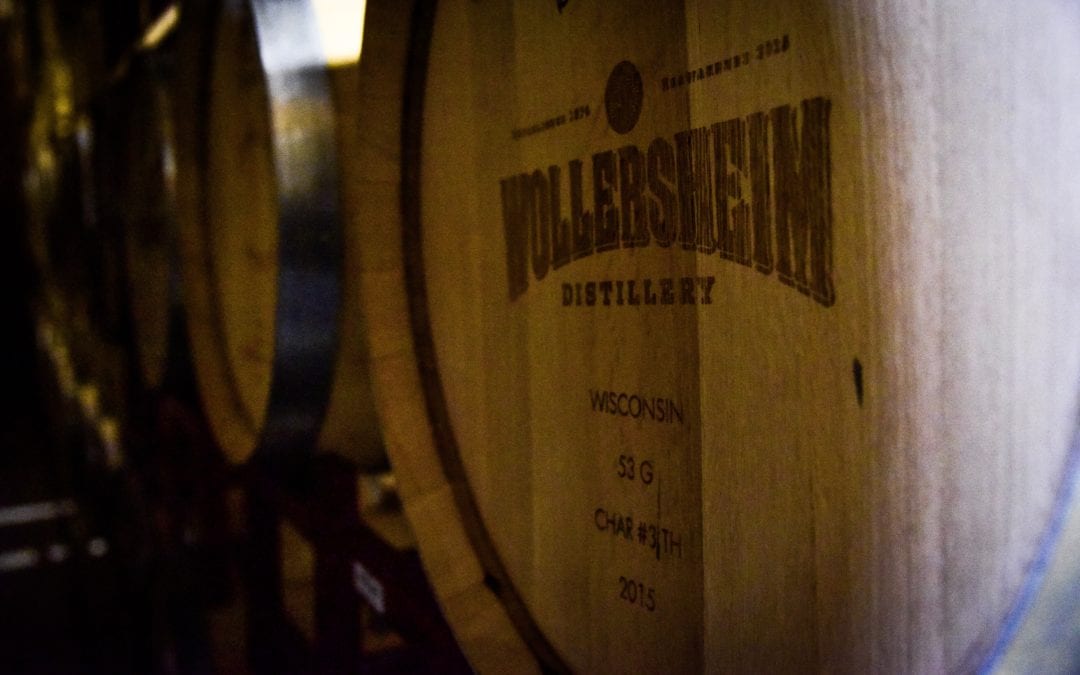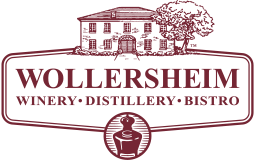Bourbon and Whiskey – Explained
If you drink whiskey or Bourbon regularly, you’ve probably heard it. “All Bourbons are whiskies, but not all whiskies are Bourbons.” That is a quote even non-drinkers may have heard, and it’s true.
But, so what? What does that mean?
Whiskey, or whisky, is a spirit that is made all over the world and is distilled from any combination of grains (rye, barley, corn and/or wheat) called a mash. This mash is the heart and soul of the spirit and where you will find the differences between many whiskies. After the mash is fermented, cooked and distilled, the whiskey is then transferred to different types of barrels depending on the preference of the distiller and type of whiskey that is being produced. Different locations and cultures around the globe have refined this process and have made it their own. For instance, Scotch (one of the most specific varieties of whiskey) must be made in Scotland, aged no less than three years in oak barrels, made from of malted barely, can have no additives or coloring and even has its own specific proofing requirements that help define it as Scotch.
Ok, so what about Bourbon?
Like Scotch, Bourbon is geographically limited in that it can only be called Bourbon if it is produced anywhere within the United States. In addition, Bourbon must be made from a mash consisting of at least 51 percent corn. Often older, already fermented mashes are used in the process and these are called sour mashes. Bourbon can be no more than 160 proof at the still (other whiskies can be up to 190 proof), is put into new charred-oak barrels at 125 proof and can be bottled at no less than 80 proof. Unlike Scotch, there is no minimum aging requirement for regular Bourbon, but Straight Bourbon must be aged for a minimum of two years. Similar to its Scottish relative, Bourbon is not allowed to have coloring or additives unless it is blended bourbon, and then the maker must use the age of the youngest whiskey used on that label.
Believe it or not, these rules and regulations have good reason. Standards, such as those for Bourbon, were adopted and put into law in order to protect consumers and producers from people diluting or otherwise damaging the perceived quality and consumer trust level of the spirits market. The Bottle in Bond act of 1897 gave the U.S. government the ability to supervise and protect the industry from its own inconsistencies and poor practices, ultimately helping to protect the industry and honest distillers alike.
Here’s a quick cheat sheet to clear things up, just in case your head is still spinning…
Whiskey
– Made of any combination of rye, barley, corn and wheat
– Any type of wooden barrel may be used
– May be produced anywhere in the world
Bourbon
– Must be made of at least 51% corn
– Made in USA
– Distilled to no more than 160 proof and barreled at 125 proof
– Bottled at no less than 80 proof
– Barreled in new charred-oak


